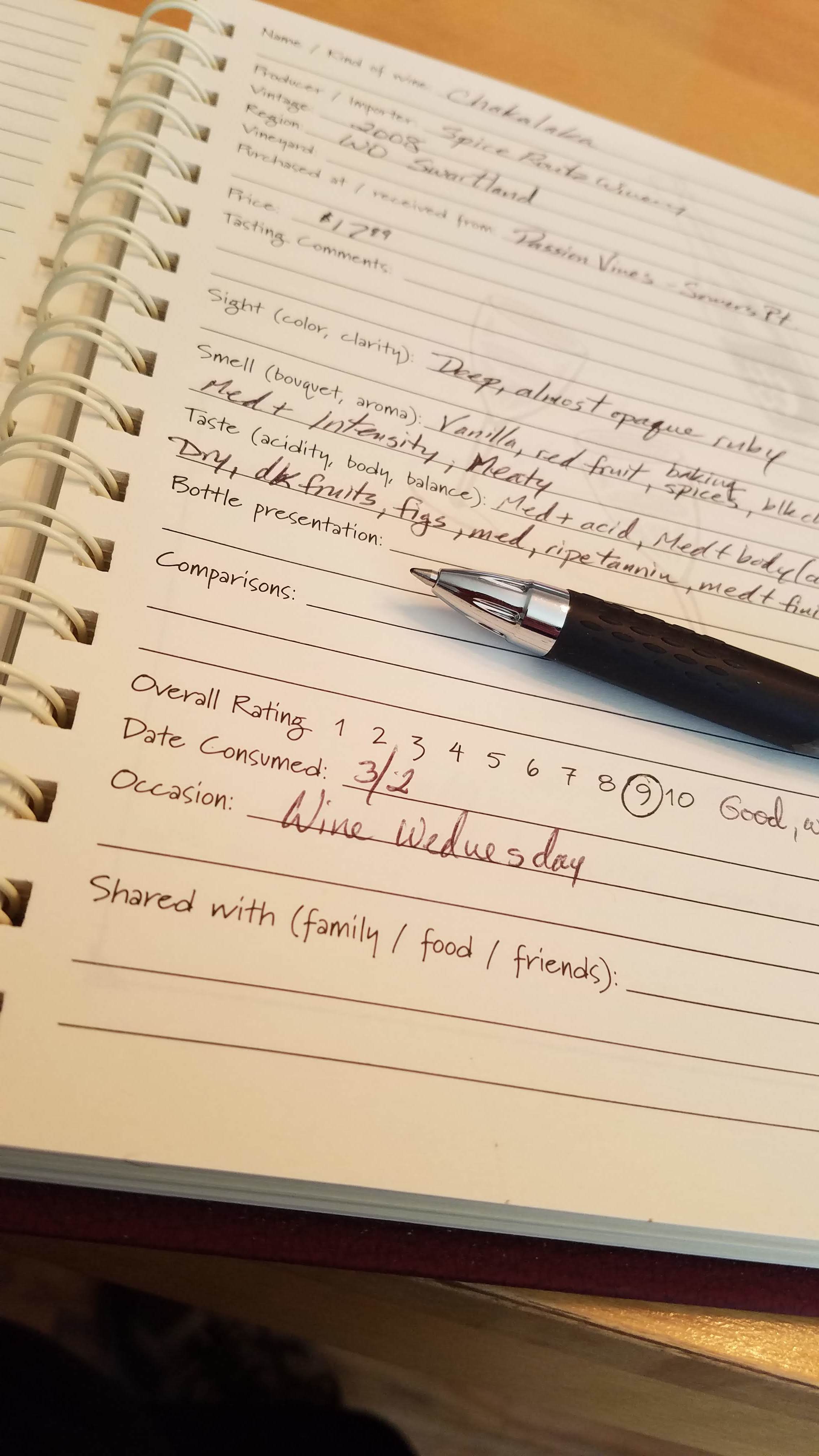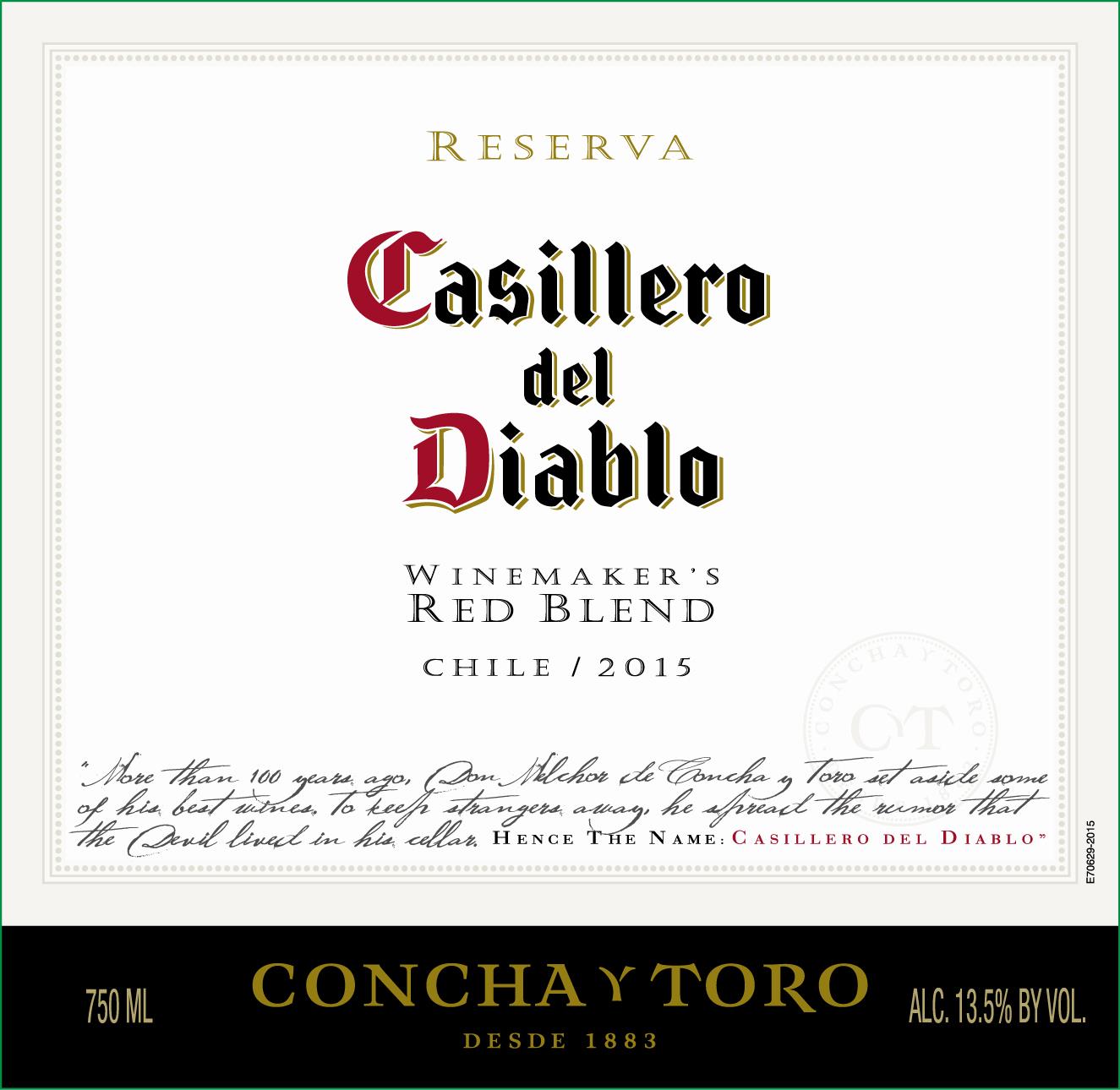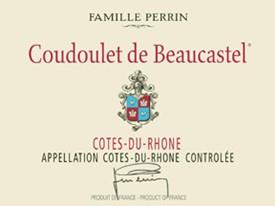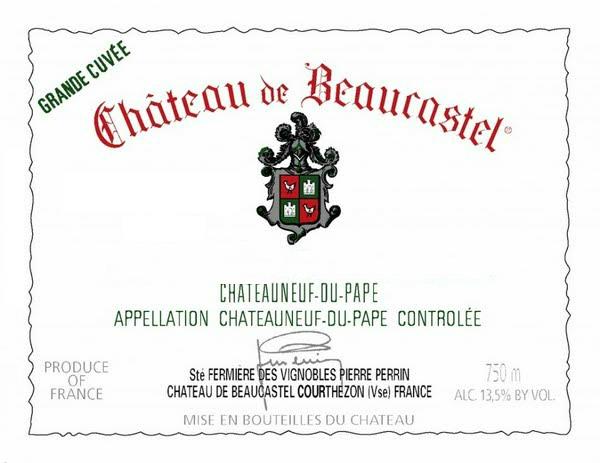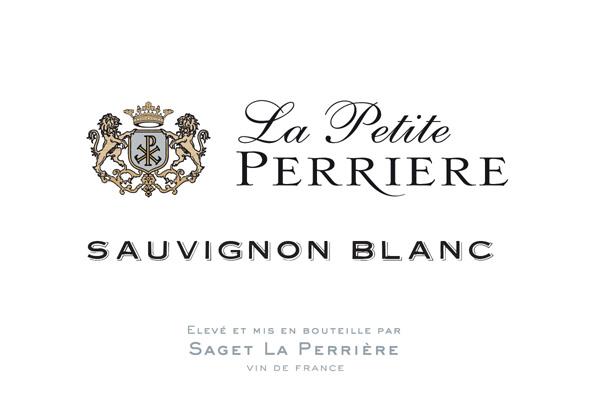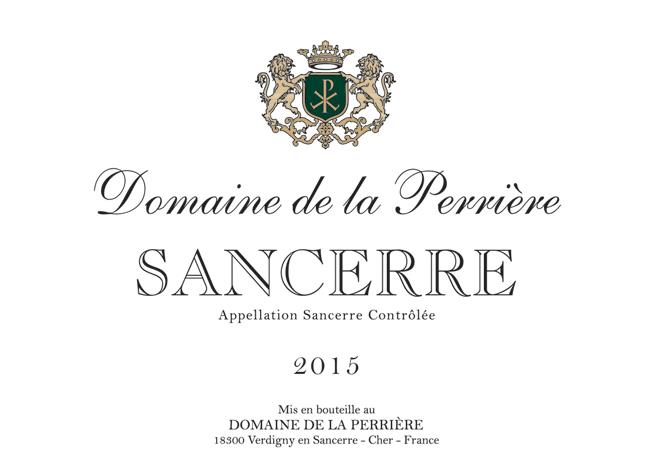How To Write Meaningful Wine Tasting Notes
Make the wines mean something to you.
When you are out shopping for wines, let’s face it…there is an overwhelming number of them to choose from. Part of the fun in trying different wines is tapping into your palate; understanding what you like and what you don’t like are equally important. So what better way to document the journey of wine exploration by writing some tasting notes?
“But Tony,” you may be asking, “where do I begin?”
This is a fair question, because if you are going to do it, you want it to have meaningful data that you can refer back to at some point in the future. I feel very confident in saying that you all know what you like when it comes to flavors and aromas. The hard part can be articulating the sensations you are getting as you try a wine for the first time. Not only will you be getting know a wine for yourself, but chances are you may be sharing information about this wine with friends, family, acquaintances (and enemies, if you think a wine is terrible).
Your notes need to be somewhere in between…
“This is good.”
and:
“A lovely bouquet of narcissus and lilac leap out of the glass followed by candied pineapple and lemon curd. The kaleidoscope of aromas is joined by citrus fruit, crushed stone, and lightly toasted bread. The palate is expansive and rich on the attack, but tightens up some on the energetic finish.”
Side note: If I ever discuss a wine and I write a something like the above actual tasting note I read this week, feel free to unfollow/unfriend/disown me. It’s not my style. I am trying to pull you into wine, not push you away. I guess a daffodil (a.k.a. “narcissus”) doesn’t invoke enough of a romantic image, and who knew you could smell through a kaleidoscope! [end rant].
My (half) kidding aside, make your notes in a way that you and others can understand. There’s no need to go out of your way to write down a fancy descriptor (unless that flavor/aroma obviously shows itself AND your circle of friends will recognize it). You can use a wine journal geared toward tasting, a plain old spiral notebook, or an app. So let’s go step-by-step…
Observe It
Color is not going to indicate quality, but will help you see faults. For example, if you opened a 2018 unoaked Sauvignon Blanc from Chile and it pours cloudy and brown instead of star bright and lemon yellow, throw it away. If the white wine is golden or amber colored rather than water white or green-yellow, it could be a sign of age. If the color of a red wine is more brick red rather than purple-ruby, chances are you are looking at a red wine with some age on it. If the red wine is pale in color, don’t be put off…color intensity does not equate to quality; many times it can just be indicative of a grape variety. For instance, Nebbiolo wines from Piedmont are pale and delicate in color, but loaded with flavor and structural components (acid, alcohol, tannins) made for long-aging in a cellar. An $8 large brand red blend from Chile may be deep in color, but flavors could be one-dimensional and finish short on you. As for looking for tears or “legs” on a glass of wine after you swirl it, they’re pretty but they mean absolutely nothing when you want to assess quality. Make a note on color and then…
Smell It
If you can identify specific flowers you smell in a wine, go for it, but if you are not totally sure you can always call the wine “floral.”
Does your wine smell like wet cardboard or a musty basement? If so, the wine isn’t bad for your health, but it is likely going to minimize your enjoyment. This is courtesy of “cork taint.” If we have avoided that, then start noting what you are smelling.
You can group aromas into categories to keep them simple and more generic. Is the wine floral? Fruity? Do you smell spices? Does the wine smell “green” with earthy, herbaceous, or unripe aromas? Do you smell something nutty or woody? These are easy to use when you are unsure of what you are smelling, because these categories are distinct from one another. If you want to dive into specific flowers (i.e. violets), fruits (i.e. peaches), spices (i.e. cinnamon), and herbs and grasses, go for it. From there, how intense are the aromas…Light or strong? Make notes on intensity and types of aromas you get on the nose, then…
Taste It
A mouthful to swirl around in your mouth so you get all the sensations is all you need; this helps you determine if you mouth waters (presence of acid), dries out (presence of tannin), feels fiery in the back of your throat (presence of alcohol), or comes off as sweet. See if anything you smelled earlier is confirmed on your palate. Sometimes a wine that is spicy on the nose tastes fruity, or vice-versa. Notice if the texture feels light-bodied and on the watery side or full-bodied and creamy. Maybe the texture feel somewhere in-between. A wine feels balanced on the palate when none of these aspects is screaming out for attention over the others. After making notes on how the wine tastes…
Savor It
This is possibly your best indicator of combined quality and enjoyment. Do the pleasant flavors linger on your palate after you close your mouth and swallow the wine? No alcohol burn? Is it refreshing with acidity? Is there an interesting flavor that stands out? Are there many flavors going on that you can’t quite pick out, but make you feel happy? These are all components of wine that make you want to go back for another sip. If the flavors hit you quickly in the beginning but fade fast, or the alcohol burns, or the fruit intensity doesn’t feel in balance with the acids and tannins, the wine may not be as enjoyable after multiple sips. Make notes of these items, then…
Personalize It
If drinking a wine reminds you of this, jot it down! Image credit: Food Network
I spend a whole lot of time researching, analyzing, and critically tasting wines. While it is a part of my job that I really like, there is nothing like adding something personal to it. Did the wine smell like a botanical garden you walked through one Saturday afternoon? Make note of it. Did you have the wine with friends at dinner somewhere? Write that down. Did you open a bottle for a special occasion? Does the wine remind you of something from childhood? The Boss at Divine Wine always remarks how a good Argentine Malbec reminds him of blueberry pie baking when he was a kid. This is how you make a meaningful connection to the wines you drink.
Share It
Was it good? Really good? The best wine you ever had? Share it with others. Talk about it over lunch. Share it on Facebook or Instagram. Let your retailers and restaurants know how good the wines are. This kind of feedback helps everyone stay in business.
Now you should have a solid picture of what you just tasted. Snap a pic of the label/bottle. Make sure you write down the name of the wine and the vintage. Check out the back label and note who the importer or supplier is, and you may begin to see a pattern of what you like based on that particular portfolio.
Want an example of finished tasting notes? Check this out straight from my own notebook below. All written in plain language, no bizarre terminology. You can do this.
Wine: Menade Rueda Verdejo
Supplier/Importer: European Cellars
Vintage: 2016
Price: $15
Color: Golden
Nose: Green olives, thyme, nutty. Aromas are intense.
Palate: Medium-bodied with texture, no alcohol burn, green apples, earthy, nutty, and savory.
Finish: Refreshing acidity, flavors stay with me for a while.
Overall impression: Very good for the dollar and Organic. Reminds me of the plates of olives and bread we get at Becco in NYC. I dig the label, too.
As always, if you have questions, please get in touch with a comment below. Good luck in developing your own library of tasting notes!
